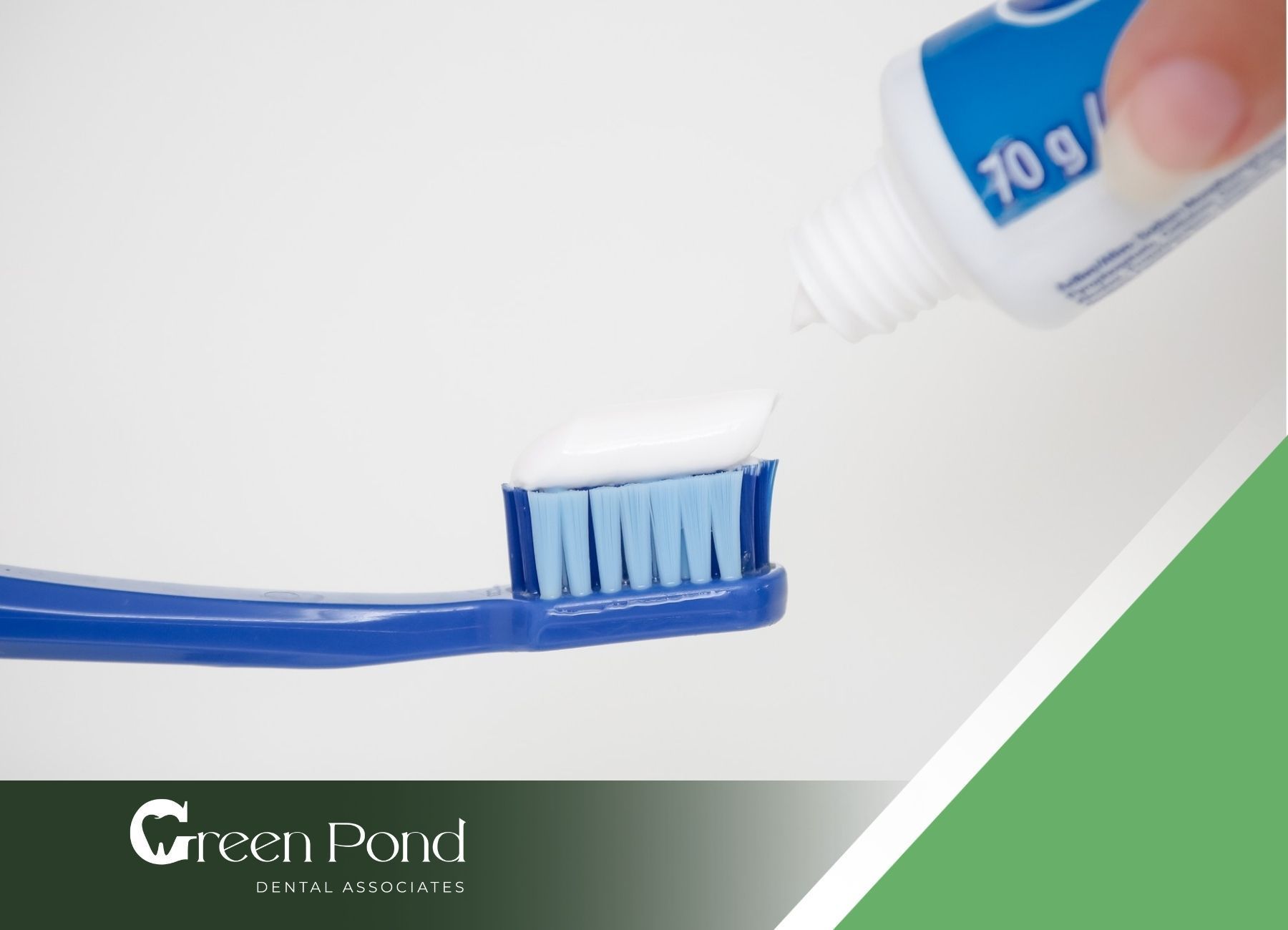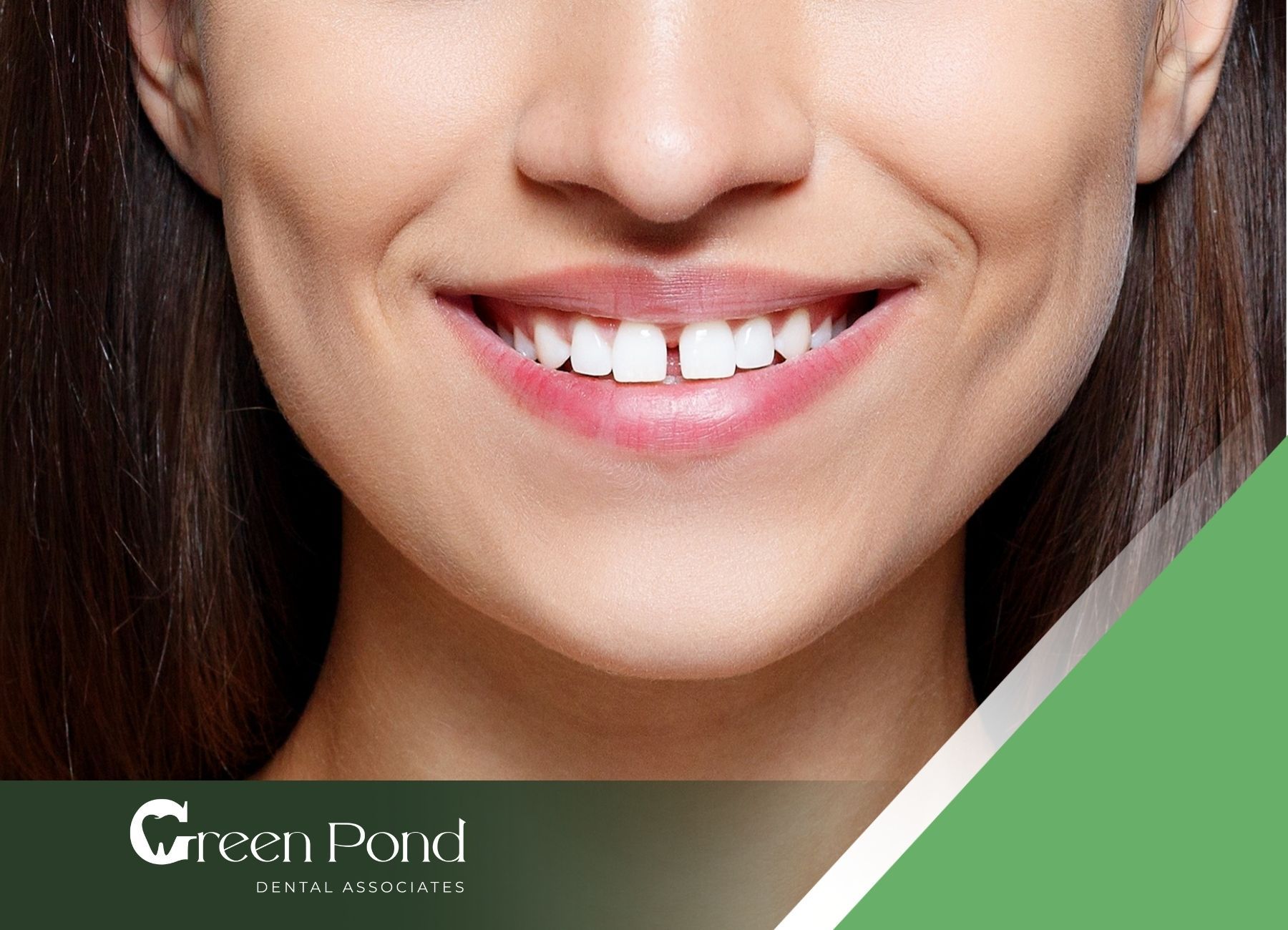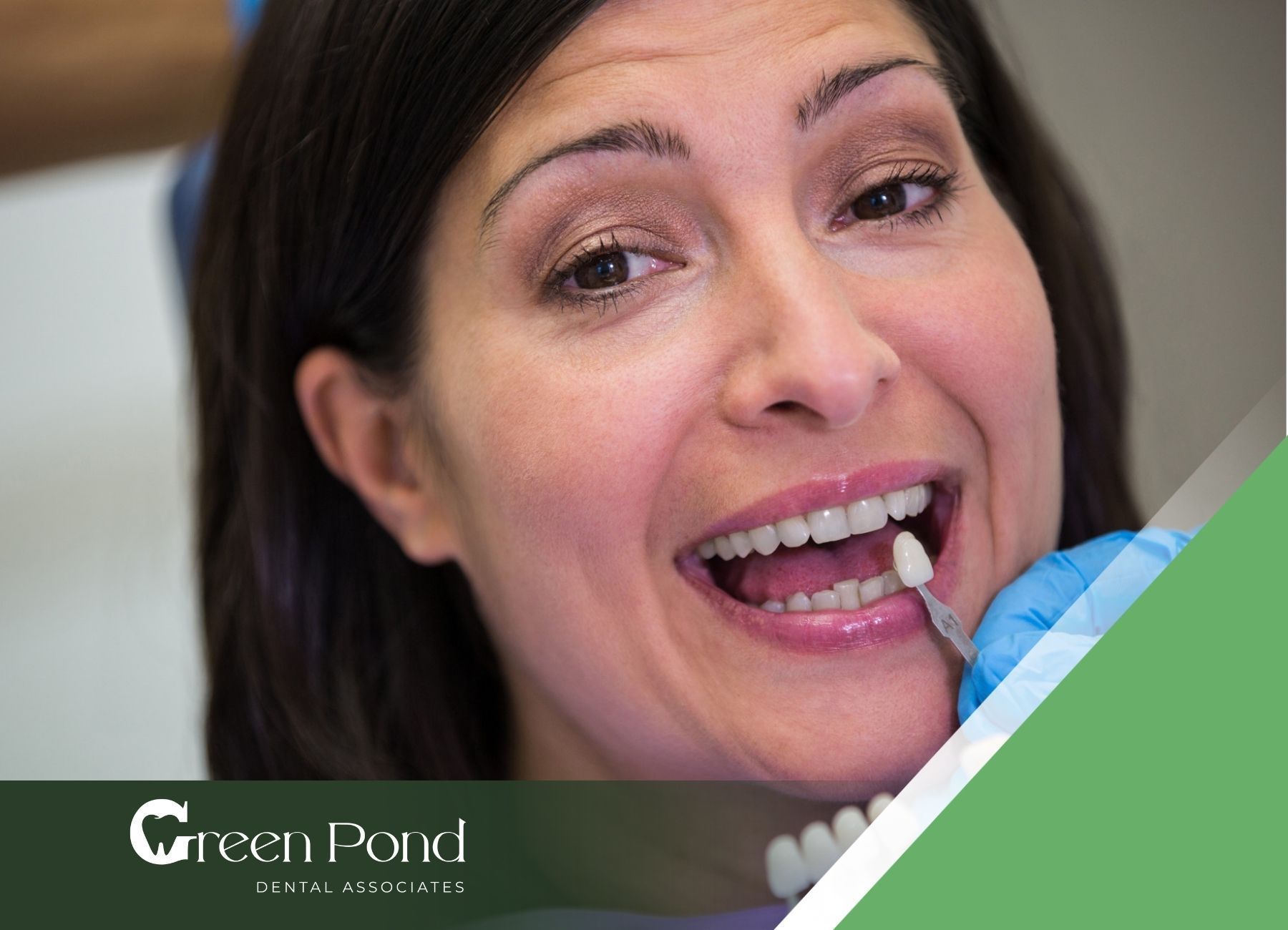Can You Heal Cavities Without Fillings?
When you think of cavities, the first solution that probably comes to mind is getting a filling. However, there's growing interest in whether it’s possible to heal a cavity without fillings. Can a cavity heal naturally? Can the enamel be repaired or remineralized without invasive procedures?
The good news is that early-stage cavities can be treated and even healed naturally with the right approach. In this article, we’ll discuss how to heal a cavity without fillings, what the treatment options are, and how to prevent further damage to your teeth.
What Causes Cavities?
To understand how a cavity can be healed without fillings, it’s important to first understand what causes cavities. Cavities are the result of tooth decay, which is typically caused by bacteria in your mouth that feed on food particles, especially sugars. This bacteria produces acids that erode the enamel of your teeth, leading to cavities.
Key Causes of Cavities
- Poor Oral Hygiene: Failing to properly brush and floss your teeth allows plaque, a sticky film of bacteria, to form on your teeth. This plaque produces acids that break down the tooth enamel.
- Sugary and Acidic Foods: Foods high in sugar, such as candy, soda, and processed foods, feed the bacteria in your mouth and lead to increased acid production. Similarly, acidic foods and drinks like citrus, coffee, and wine can erode enamel.
- Lack of Fluoride: Fluoride is a mineral that helps to remineralize and strengthen tooth enamel. Without it, your teeth are more vulnerable to decay.
- Dry Mouth: Saliva plays a critical role in neutralizing acids and washing away food particles. Conditions that lead to dry mouth can increase your risk of cavities.
- Genetic Factors: Some people are more prone to cavities due to genetics, including thinner enamel, which may make teeth more vulnerable to decay.
Can You Heal a Cavity Without Fillings?
Yes, early-stage cavities can be healed or remineralized naturally without needing fillings. This process, known as remineralization, involves restoring the lost minerals in the enamel. If caught early, you can often prevent the cavity from worsening by using natural methods or treatments to encourage this process.
What is Remineralization?
Remineralization is the process by which lost minerals, such as calcium and phosphate, are replaced into the tooth enamel. Healthy teeth undergo this process naturally, but in cases of early decay, it can be supported with the right interventions.
How Does Remineralization Work?
- Fluoride: Fluoride helps strengthen enamel by encouraging the uptake of calcium and phosphate.
- Saliva: Saliva contains calcium, phosphate, and fluoride naturally, which helps neutralize acids and promotes remineralization.
- Dietary Nutrients: Foods rich in calcium, vitamin D, and phosphorus support remineralization by providing the necessary minerals to strengthen enamel.
Methods to Heal Cavities Without Fillings
There are several natural methods and dental treatments that can promote the healing of cavities, especially in their early stages. These treatments focus on remineralizing the enamel and preventing further decay.
1. Fluoride Treatments
Fluoride is one of the most effective ways to remineralize teeth and prevent cavities from progressing. It strengthens enamel and helps it resist decay. There are several ways to apply fluoride:
- Fluoride Toothpaste: The most common method is brushing with fluoride toothpaste. This helps deliver fluoride directly to the enamel.
- Fluoride Varnish: A dentist can apply a fluoride varnish to the surface of your teeth to speed up the remineralization process.
- Fluoride Mouth Rinses: Using fluoride mouthwash regularly can provide additional fluoride exposure to your teeth.
- Fluoride Gels: In-office fluoride gels or treatments are used to apply concentrated fluoride directly to your teeth.
Time for Effectiveness: Fluoride can take weeks to months to fully remineralize enamel, but the results are often visible in the reduction of tooth sensitivity and slowing the progression of cavities.
2. Dietary Changes
Diet plays a crucial role in the prevention and healing of cavities. By adjusting your diet to include more tooth-healthy foods, you can help your teeth remineralize and become more resistant to decay.
Key Nutrients for Healthy Teeth:
- Calcium: This mineral strengthens enamel. Dairy products, leafy greens, almonds, and fortified plant-based milks are great sources of calcium.
- Phosphorus: Found in eggs, fish, and poultry, phosphorus works with calcium to strengthen enamel.
- Vitamin D: Vitamin D enhances calcium absorption, so it’s essential for oral health. Sunlight exposure, fatty fish, and fortified foods are excellent sources.
- Magnesium: This mineral helps the body utilize calcium and is found in foods like spinach, pumpkin seeds, and bananas.
Best Practices:
- Limit sugar and acid: Reducing sugary and acidic foods can prevent further erosion of enamel and help remineralization take place more effectively.
- Drink water: Drinking water, especially fluoridated water, can help wash away food particles and maintain a healthy pH balance in the mouth.
3. Oil Pulling
Oil pulling is an ancient practice that involves swishing oil (usually coconut oil, sesame oil, or sunflower oil) around your mouth for 10-20 minutes. Research suggests that oil pulling can help reduce plaque and bacteria, promote remineralization, and improve overall oral health.
How to Do it:
- Take 1 tablespoon of coconut or sesame oil.
- Swish the oil in your mouth for 15-20 minutes.
- Spit out the oil and rinse with water.
Benefits for Cavities: Oil pulling helps promote healthier gums, reduce bacteria, and improve saliva flow, which are all essential for fighting cavities.
4. Good Oral Hygiene
One of the most important ways to promote remineralization and prevent cavities is through proper oral hygiene. Brushing your teeth at least twice a day and flossing once a day will help remove plaque and bacteria that contribute to tooth decay.
Oral Hygiene Tips:
- Brush twice a day: Use a fluoride toothpaste and a soft-bristled toothbrush to avoid enamel abrasion.
- Floss daily: Flossing removes plaque and food particles from between teeth and below the gumline, preventing cavities in hard-to-reach areas.
- Use fluoride mouthwash: A fluoride mouthwash can help fight cavities and encourage remineralization.
- Avoid abrasive toothpaste: Harsh toothpaste can scratch the enamel, making it more vulnerable to decay.
When to See a Dentist for Fillings
While natural methods can be effective for early-stage cavities, there are situations where professional intervention is necessary. If the cavity progresses past the enamel and into the dentin or pulp of the tooth, it’s no longer reversible without fillings or other restorative treatments.
Signs You Need a Filling
- Visible holes or pits in the teeth.
- Pain or sensitivity when chewing, drinking, or eating hot or cold foods.
- Dark spots or areas of discoloration that persist after proper cleaning.
If you notice any of these signs, it’s essential to visit your dentist for an evaluation. They can assess the cavity’s progress and determine whether a filling or other restorative treatment is necessary.
Conclusion
Early-stage cavities can often be healed without fillings through remineralization and proper care. Methods such as using fluoride, maintaining a tooth-healthy diet, practicing good oral hygiene, and oil pulling can help reverse early decay and prevent the need for fillings. However, once cavities have progressed beyond the enamel and into deeper layers of the tooth, fillings or more advanced restorative treatments are typically required.
At Green Pond Dental, we are dedicated to providing personalized care to help you maintain healthy teeth and avoid unnecessary treatments. Our experienced team offers preventive care, fluoride treatments, and restorative services to ensure that your teeth remain in excellent condition. Whether you’re looking for a second opinion or need a filling, we’re here to help you every step of the way.
Contact us today to schedule a consultation and learn how we can help you maintain a beautiful, healthy smile!
FAQs
Can I heal a cavity without a filling?
Yes, early-stage cavities that have not yet penetrated the tooth enamel can often be reversed with fluoride treatments, proper diet, and good oral hygiene.
How long does it take to heal a cavity naturally?
Remineralization can take several weeks to months, depending on the severity of the cavity and the methods used for healing.
What happens if a cavity is not filled?
If a cavity is left untreated, it will continue to grow, potentially reaching deeper layers of the tooth and causing pain, infection, or tooth loss.
Contact us today
Green Pond Dental - Contact
We will get back to you as soon as possible.
Please try again later.

Green Pond Dental Associates invites you to experience dentistry at its finest. Dr. Bracha Lubart and her skilled team provide unmatched care by using the latest technological advancements and treatment techniques.
* Disclaimer: results are not guaranteed, may not be permanent, and can vary per individual. Some images are of models, not actual patients.
Contact Us
Green Pond Dental. All rights reserved.
Website by Creative Web Services









